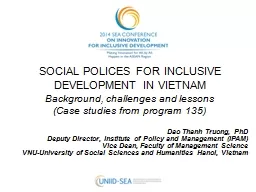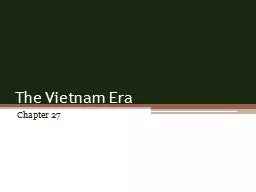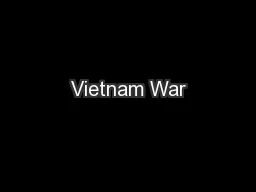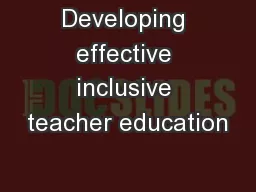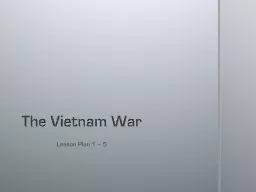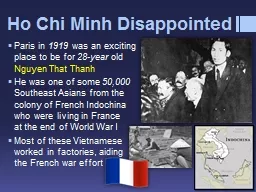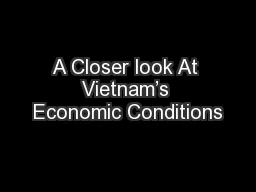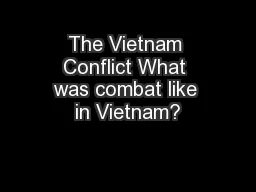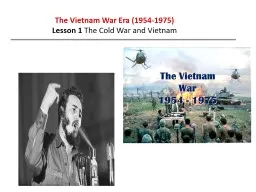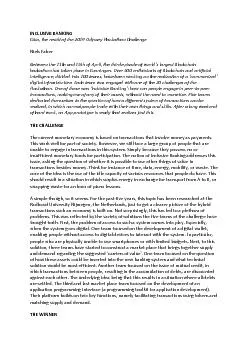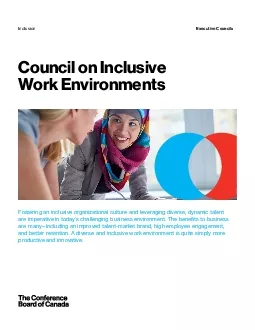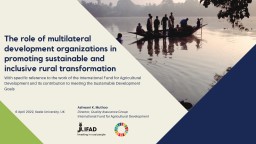PPT-SOCIAL POLICES FOR INCLUSIVE DEVELOPMENT IN VIETNAM
Author : mitsue-stanley | Published Date : 2020-01-20
SOCIAL POLICES FOR INCLUSIVE DEVELOPMENT IN VIETNAM Background challenges and lessons Case studies from program 135 Dao Thanh Truong PhD Deputy Director Institute
Presentation Embed Code
Download Presentation
Download Presentation The PPT/PDF document "SOCIAL POLICES FOR INCLUSIVE DEVELOPMENT..." is the property of its rightful owner. Permission is granted to download and print the materials on this website for personal, non-commercial use only, and to display it on your personal computer provided you do not modify the materials and that you retain all copyright notices contained in the materials. By downloading content from our website, you accept the terms of this agreement.
SOCIAL POLICES FOR INCLUSIVE DEVELOPMENT IN VIETNAM: Transcript
Download Rules Of Document
"SOCIAL POLICES FOR INCLUSIVE DEVELOPMENT IN VIETNAM"The content belongs to its owner. You may download and print it for personal use, without modification, and keep all copyright notices. By downloading, you agree to these terms.
Related Documents

